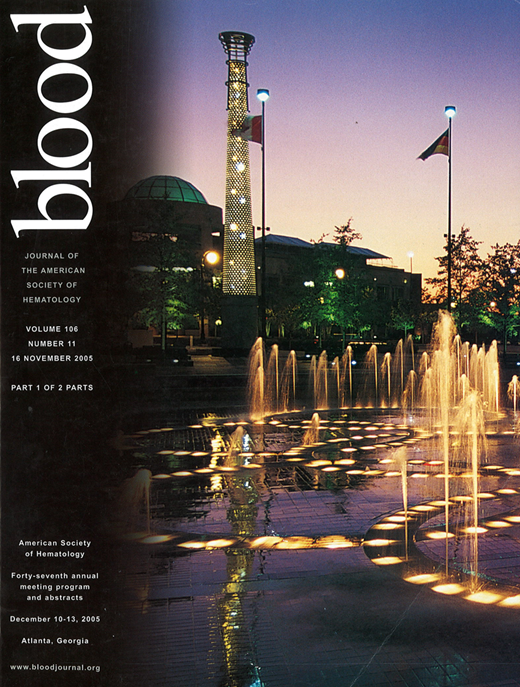Abstract
The zinc-finger transcription factor BCL11B (14q32) is a key translocation target in pediatric T-cell acute lymphoblastic leukemia (T-ALL) where it ectopically activates NK-family homeobox genes, chiefly TLX3, or NKX2-5, via the recurrent t(5;14)(q35;q32). However, the mechanism underlying leukemic activation by BCL11B remains obscure. Breakpoints at 14q32 are dispersed over about 1.2 Mbp downstream of BCL11B amid a non-coding genomic “desert”. Detailed cytogenetic analysis of T-ALL cell lines, including one carrying a complex double-insertion enabled the putative breakpoint target zone to be narrowed to ~300 kbp covering the central and distal parts of the 3′-BCL11B region. Interestingly, Crawford et al. (
PNAS 101: 992–7, 2004
) have identified a series of DNase-I hypersensitive sites (DHS) in T-cells amid this genomic desert including a unique cluster near the most distal breakpoint to serve as candidate BCL11B transcriptional enhancers. Accordingly, we used the TRANSFAC database to identify multiple transcription factor (TF) binding site sequences nearby these DHS. To investigate the role of DHS in activating homeobox transcription in T-ALL, we designed double-stranded 26-mer oligos matching each of 9 DHS which were used to transfect a T-ALL cell line (PEER) in which NKX2-5 is inserted about 1 Mbp downstream of BCL11B and thereby activated. Such oligos may inhibit TF binding by directly blocking access to DHS or act as decoys to sequester TF. We found that oligos targeting DHS in the central and distal regions of 3′-BCL11B, close to the insertion junctions in PEER cells, were effective in down-regulating NKX2-5 transcription in a dose dependent manner. In contrast, oligos targeting DHS near 3′-BCL11B were able to down-regulate BCL11B but not NKX2-5. Treatments with neither mutated DHS oligos, nor other control oligos caused inhibition. Transcription of ESTs present at 3′-BCL11B was unaffected by DHS-oligo transfection indicating specific targeting of BCL11B or NKX2-5 by their respective DHS. Analysis of t(5;14) T-ALL cell lines by Halo-FISH, showed the selective homing of 3′-BCL11B chromatin to the nuclear matrix when juxtaposed with NKX2-5, whereas 3′-BCL11B chromatin present on non-participant chromosomes was extruded to surrounding halos inimical to transcription. Taken together, our data show the presence of multiple DHS covering the ~1.2 Mbp breakpoint dispersal region at 3′-BCL11B in T-ALL cells which appear to serve as enhancers of BCL11B or nearby translocated NK-family homeobox genes. These multiple enhancers may be required for the precise timing of BCL11B transcription which is critical to thymocyte development - a question which will be addressed by planned future studies. As well as revealing novel aspects underlying the transcriptional control of BCL11B in T-cells, our data highlight a potential therapeutic target in leukemia within “junk DNA”.Author notes
Corresponding author
2005, The American Society of Hematology
2005

